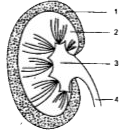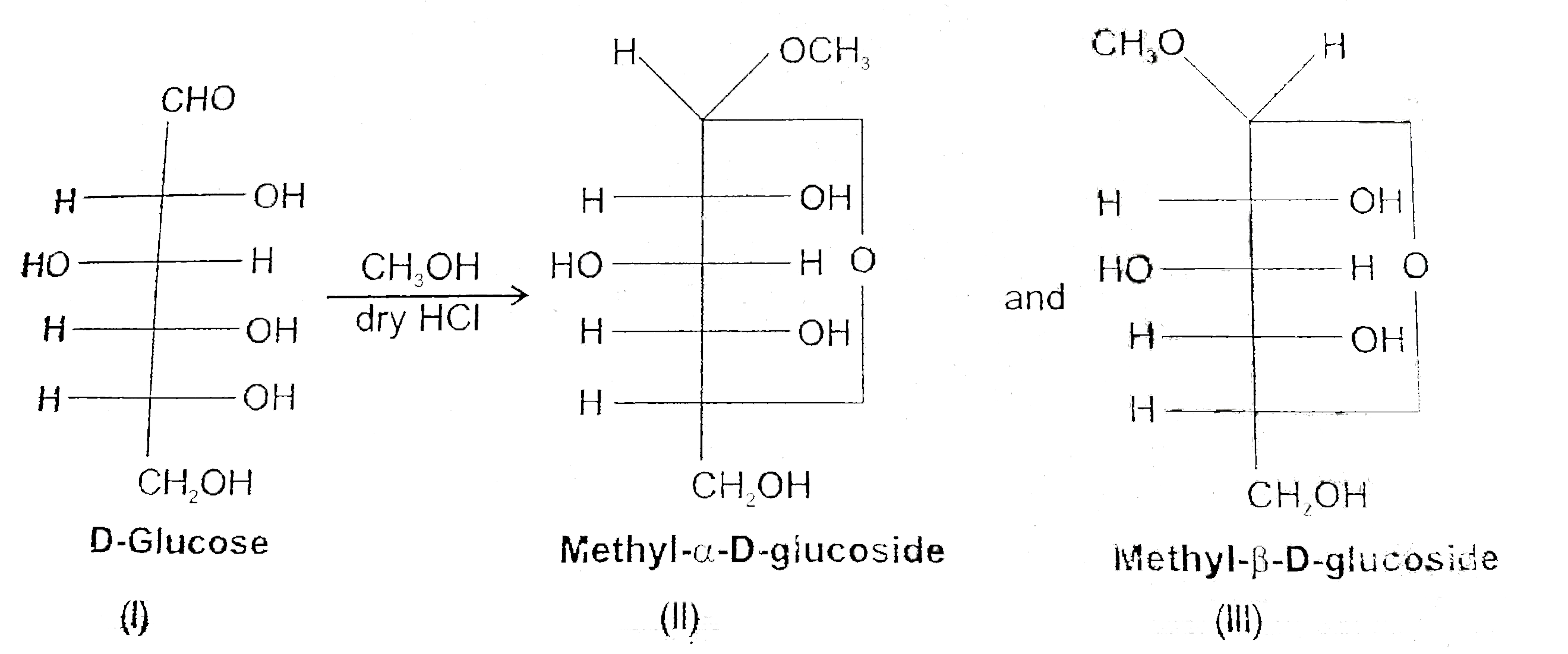Give the plausible explanation for the following:
(i) Glucose doesn't give 2,4-DNP test.
(ii) The two strands in DNA are not identical but are complementary
(iii) Starch and cellulose both contain glucose unit as monomer. yet they are structurally different.
Step by step video & image solution for Give the plausible explanation for the following: (i) Glucose doesn't give 2,4-DNP test. (ii) The two strands in DNA are not identical but are complementary (iii) Starch and cellulose both contain glucose unit as monomer. yet they are structurally different. by Chemistry experts to help you in doubts & scoring excellent marks in Class 12 exams.
Updated on:21/07/2023Similar Questions
Amylose and cellulose are both straight chain polysaccharides containing only D-glucose units. What is the structural difference between the two?
View Solution(a) Complete the following chemical equations for reactions :
(i)MnO−4(aq)+S2O2−3(aq)+H2O(l)→
(ii) Cr2O2−7(aq)+H2S(g)+H+(aq)→
(b) Give an explanation for each of the following observations :
(i) The gradual decrease in size (actinoid contraction) from element to element is greater among the actinoids than that among the lanthanoids (lanthanoid contraction.)
(ii) The greatest number of oxidation states are exhibited by the members in the middle of a transition series.
(iii) With the same d-orbitals configuration (d4)Cr2+ ion is a reducing agent but Mn3+ ion is an oxidising agent .
View SolutionGive an explanation for each of the following observations:
(i) The gradual decrease in size (actinoid con-traction) from element to element is greater among the actinoids than that among the lanthanoids (lanthanoid contraction).
(ii) The greater number of oxidation states are exhibited by the members in the middle of a transition series.
(iii) With the same d-orbital (d4), Cr2+ ion is a reducing agent but Mn3+ ion is an oxidising agent.
View Solution(a) Give a possible explaination for each one of the following : -
(i) There are two - NH2 groups in semicarbazide. However, only one such group is involvedin the formation of semicarbazones.
(ii) Cyclohexanone forms cyanohydrin in good yield but 2,4,6-trimethylcyclohexanone does not.
(b) An organic compound with molecular formulaC9H10O forms, 2,4- DNP derivative, reduces Tollens' reagent and undergoes Cannizzaro reaction.
On vigorous oxidation it gives 1,2-benzene-di-carboxylic acid. Identify the compound.
View SolutionGive the equation for the reaction of conc sulphuric acid with -
(i) glucose
(ii) sucrose
(iii) cellulose
(iv) an organic acid containing one carbon atom and two hydrogen atoms
View SolutionHow many of the following are correct with reference to cellulose?
i. It is a polymer of glucose
ii. It has branched chains
iii. It is a homopolymer
iv. It occurs in plant cells
v. Cotton fiber and paper contain cellulose
vi. Its monomeric unit s N-acetyl glucosamine
vii. It gives blue/black colour with iodine
View SolutionThe diagram given below shows a section of a human kidney. Study the diagram carefully and answer the questions that follow:

(i) Label the parts numbered 1 to 4.
(ii) Why does part "2" have a striped appearance?
(iii)What is the fluid that passes down part:'4' ? Name the main nitrogenous waste present in it.
(iv) Mention the structural and functional unit of kidneys.
(v) Name the two major steps in the formation of the fluid mentioned
View SolutionGive the structure of the following compounds :
(i) 4-Nitropropiophenone
(ii) 2-Hydroxycyclopentanecarbaldehyde
(iii) Phenyl acetaldehyde.
View SolutionD-glucose, on treating with methanol in presence of dry HCl gives methyl glucosides according to the following reaction.

Mention true (T) and False from the following statements
S1: The glucosides do not reduce fehling's solution
S2: The glucosides do not react with hydrogen cyanide or hydroxylamine
S3: Behaviour of glucosides as stated in S1 and S2 indicates the absence of free −CHO group
S4: The two forms of glucosides are enantiomers.
View SolutionWhich of the following statements is not true about glucose?
(a)It is an aldohexose
(b)On heating with HI it forms n-hexane
(c)It is present in furanose form
(d)It does not give 2,4-DNP test
View Solution
